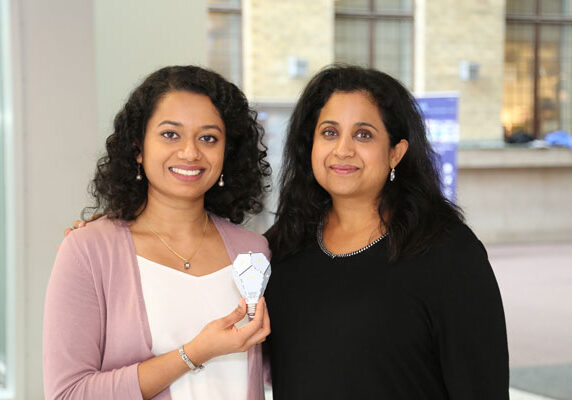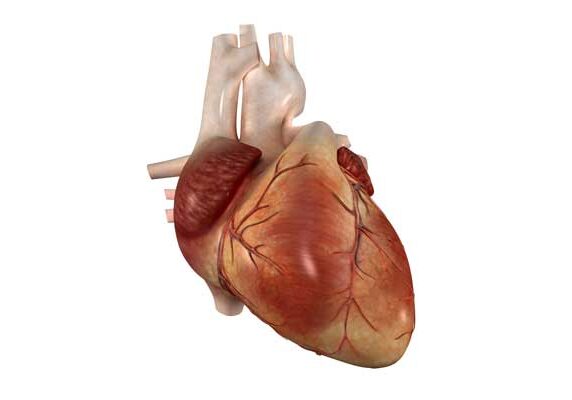
U of T Engineering startups earn awards from Ontario Centres of Excellence
Steadiwear produces a tremor reducing glove, while MyndTec has an electrical stimulation device to help patients with strokes or spinal cord injuries
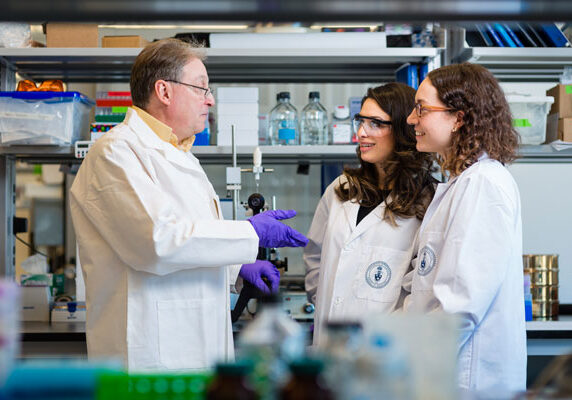
U of T inventor-entrepreneur to be honoured with Governor General’s Innovation Award
Professor Paul Santerre honoured among outstanding Canadians who contribute to the country’s success and inspire the next generation
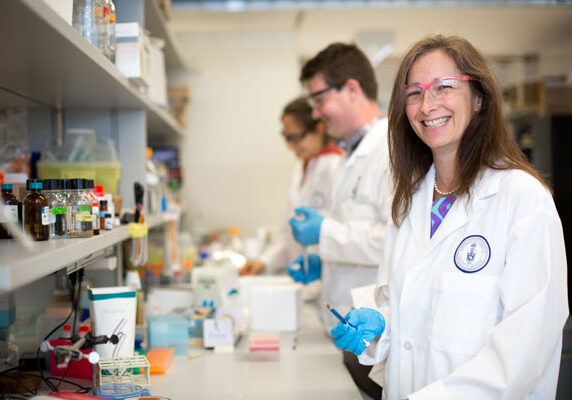
Molly Shoichet receives Killam Prize in Engineering
Award presented to Canadians who risk, innovate and lead the next generation of brilliant minds to a stronger future

U of T Engineering students receive record number of 2017 Cressy Awards
Twenty-eight 2017 Gordon Cressy Student Leadership Awards have been awarded to U of T Engineering students
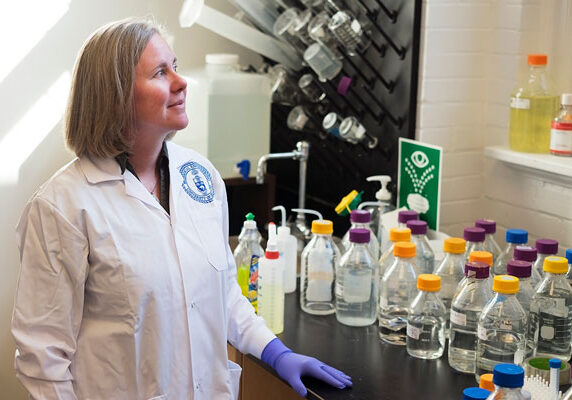
Early Career Teaching Award: Q & A with Dawn Kilkenny
This post originally appeared on U of T News. Her students wouldn’t suspect it, but Dawn Kilkenny feels a little stage fright at the start of every academic year. The reason? “I want them to like the content as much as I do,” she told U of T News. Kilkenny, an assistant professor, teaching stream […]

Craig Simmons receives 2017 Northrop Frye Award for integrating teaching and research
“Training students is the way the University has our biggest and most immediate impact,” says Simmons

